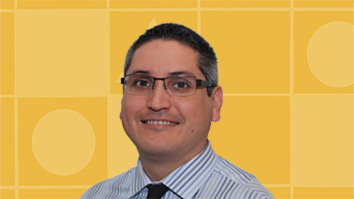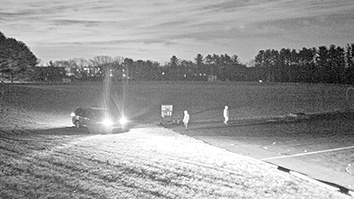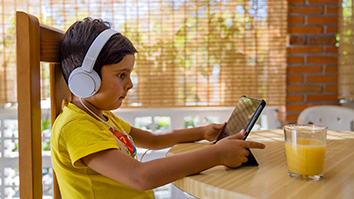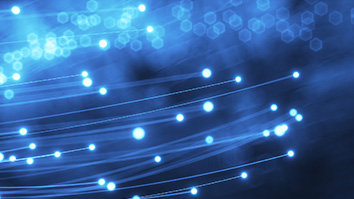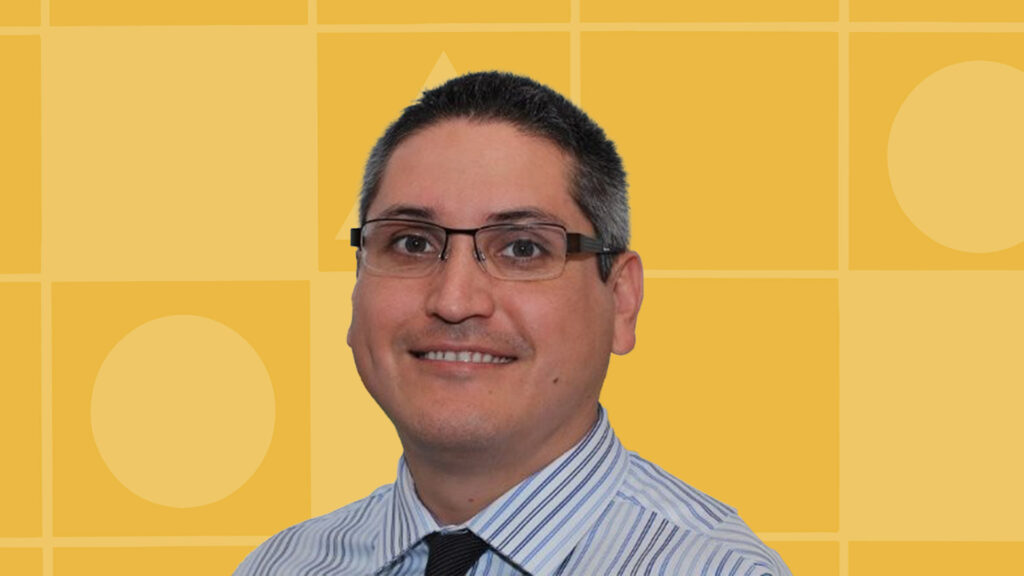
A switch from studying medical physics to radiation biology charted the course for fascinating research.
Nuclear engineer and radiation biologist Tyson McDonald is expanding our understanding of how ionizing radiation affects the human body during medical therapy, in space flight, and in the event of industrial accidents or terrorist attacks.
A selection of his work has been included in the Space Omics and Medical Atlas (SOMA), recently published in Nature Portfolio. The first-of-its-kind package of manuscripts, data, protocols, and code was compiled from 100 institutions across 25 countries, and the array of molecular, cellular, physiological, phenotypic, and spaceflight data will be used by researchers to generate ideas and solutions for increasingly challenging space missions.
Here, he talks about his path to this important work, how people respond differently to radiation, and the possibilities of countering the negative effects of high doses of radiation.
_______________________________
I’m excited to have some of the research I’ve been involved with be included in SOMA. It’s a monster effort by a lot of researchers around the world to create such a comprehensive medical database showing what happens to humans when they leave Earth, and it’s remarkable to have played a role in this project.
“We focus on how changes in gene activation may play a role in cell damage during space flight. ” — Tyson McDonald
My papers, along with my collaborator, Afshin Beheshti, focus on research in international and commercial space agencies in the fields of biomedicine, aerospace medicine, and space biology. We focus on how astronauts could be protected against space radiation damage and how changes in gene activation may play a role in cell damage during flight.
From music to radiation’s effects on cells
Interestingly, my first memory of being engaged in science was when I was in elementary school and I wrote an essay about nuclear waste. There was a controversial plan to store that material at Yucca Mountain, which is near where I grew up.
I also loved music and playing the viola. So, I applied to music conservatories for college — science wasn’t even on my radar! Then, I happened to receive a flyer from the University of Michigan, read about their engineering program, and decided to apply.
I soon found that I loved learning about the atom, light spectrum, and photons, and then I realized that I wanted to study radiation. My viola instructor urged me to apply to their music program also, so I ended up with a dual major in music and nuclear engineering.
I went on to study medical physics for my PhD at UCLA, but changes in the department resulted in a shift to radiation biology. It was tough making the switch because I didn’t know anything about biology, but the first day in the lab certainly sparked my curiosity.
I spent a lot of time thinking about how physics and radiation impact cells. Later, during my postdoctoral work at the Center for Cancer Systems Biology in Boston, I focused on low-dose radiation. They were also doing research for NASA, and I was able to get involved in research involving the exotic effects of space radiation on the biology of cells. It was fascinating.
Safer radiation therapies and countermeasures
At SRI, I have two main areas of focus. One is trying to figure out why people respond differently to radiation. Everyone has small variations in their DNA, and these differences can impact how you react to radiation treatment. I want to understand which patients respond well to normal radiation treatment, and which respond poorly, so that we can measure dosages with precision to solve issues while lessening the damage it can do to the body. This is a problem I’d really like to help solve, because it could impact millions of patients every year.
My second area of focus is to find countermeasures in the event of a radiological or nuclear disaster. There is no treatment for a large, lethal dose of radiation. We have drugs that help in cases of lower exposures. Higher exposure impacts both the immune and gastrointestinal systems, with about half of us able to survive with medical intervention. We want to increase that rate of survival — from 50 to 80 percent, for example.
Helping people thrive
Science is both exciting and frustrating; there can be a lot of negative results before a positive win. But the thing I’ve enjoyed consistently over my career are the people I work with. I love working with my colleagues and meeting new people, starting new projects, and being able to advance our collective understanding to help people thrive.
Learn more about SRI’s innovations in health.
